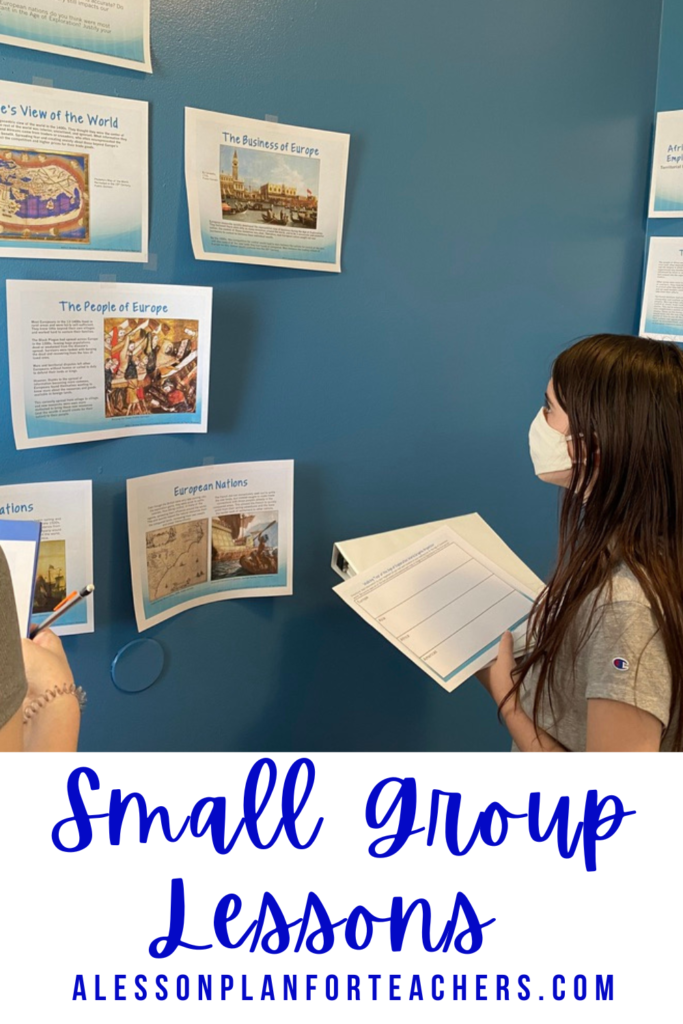As teachers, we often find ourselves faced with classrooms full of students with a range of abilities, interests, and learning styles. While whole-class instruction can be effective in certain situations, small group lessons can provide more targeted and personalized learning experiences for our students. Let’s explore some best practices for facilitating small group lessons in the secondary level classroom.

Planning for Small Group Lessons
- Plan ahead: Before beginning small group lessons, it’s important to plan ahead. Consider the learning objectives for each group, what materials will be needed, and how much time each group will need to complete the lesson. As with any lesson, It may be helpful to create a schedule or chart to keep track of which students will be in each group and when.
- Create flexible groups: Group-based activities should be flexible to meet the needs of individual students. Create groups based on skill level, interest, or learning style. Adjust the groupings as needed.
- Set clear expectations: Before beginning any lessons, it’s important to set clear expectations for behavior and participation. Make sure students understand what is expected of them during the lesson, and reinforce positive behaviors when they occur.
Tools for Small Group Lessons
- Utilize technology: Technology can be a great tool for facilitating small group lessons. Consider using online resources or educational apps to provide individualized instruction for each group.
- Incorporate hands-on activities: Hands-on activities can help students stay engaged and retain information. Consider incorporating images to annotate, scavenger hunts, or other interactive activities into small group lessons.
Facilitating the Lessons
- Monitor progress: As students work in small groups, it’s important to monitor their progress and provide feedback. Check in with each group periodically to make sure they understand the material and are making progress towards their learning objectives.
- Encourage collaboration: Collaborative lessons provide an opportunity for students to work together and discuss the content they are studying. Encourage students to share ideas and help each other as they work through the lesson.
- Reflect and adjust: After each lesson, take some time to reflect on what worked well and what could be improved. Use this feedback to adjust future activities and continue to improve the small group experience for your students.

By following these best practices, you can facilitate small group lessons that are engaging, personalized, and effective for your students. Remember to plan ahead, create flexible groups, set clear expectations, utilize technology, incorporate hands-on activities, monitor progress, encourage collaboration, and reflect and adjust. With these tools, you can create a classroom environment that supports the unique needs of each and every student.
Happy Teaching!
